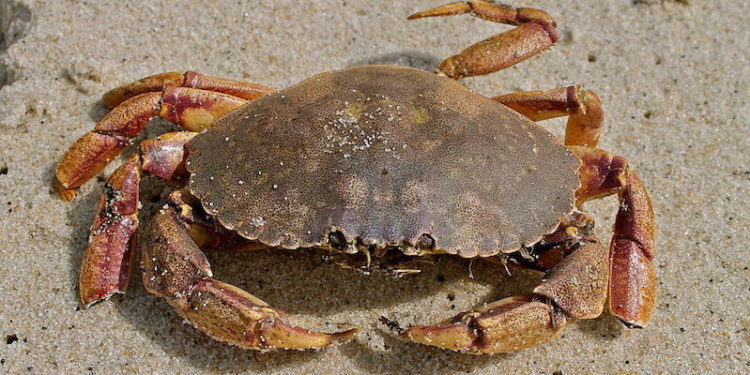Atlantic rock crab were first identified in Hvalfjörður in south-western Iceland a decade ago and since then they have spread around the whole west coast and are reported to be found as far north and east as Eyjafjörður. According to independent fisheries scientist Jón Kristjánsson, rock crab could reach the east coast within a few years.
He said that they are reported to be voracious feeders, and adult animals have few natural predators in Icelandic waters, while crab fishing with traps is banned in Iceland with the exception of fisheries granted temporary licences for experimental research fishing.
‘What about the fishermen who are the only ones capable of resisting this dangerous invasion of crabs, while also earning a living in the process,’ he asked, commenting that the Directorate of Fisheries has recently advertised three licences for crab fishing in the Faxaflói area for the next three quota years – but under some heavy restrictions that make it unlikely that there will be many applications.
As well as restrictions on gear (no other fishing gear may be on board) and fishing areas, retaining any female crabs is prohibited and there are size restrictions on the male animals of the three species of crab within the licence parameters.
‘The crabs are clearly being given some gentle handling as all the hen crabs have to be released so they have more opportunities to continue to spread,’ Jón Kristjánsson said.
‘This is a valuable species and could provide fishermen and others with significant earnings. In addition, this is an aggressive species and needs to be kept in check. So who gains from this mad control freakery? Is there a reason why crab fishing isn’t opened up?’









